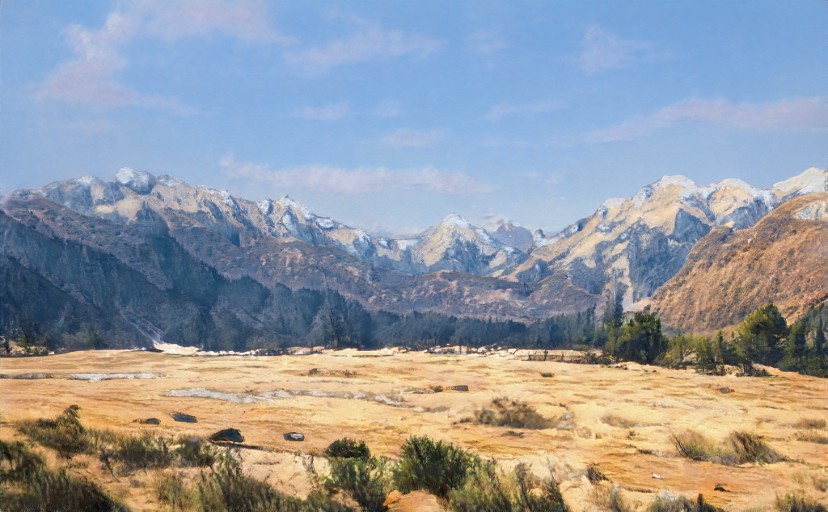Medial Tesseract
The Medial Tesseract is one of the ten tesseracts which make up the Manifold. This tesseract is considered to lie in the diametrically opposed region of the Manifold to the Distal Tesseract.
The environment of the Medial Tesseract is defined by its celestial phenomena. The spectrum of 'sunlight' and 'moonlight' in the Medial Tesseract falls mostly within visible wavelengths, centering on green, with relatively little in the way of deep infrared or ultraviolet. As one moves farther from the Medial Tesseract and towards the Distal Tesseract, the spectrum shifts, with infrared, deep red, indigo, violet, and ultraviolet spectra becoming more prevalent as yellows and green spectra fade. As a result of this, the Medial Tesseract appears brightly lit to the humanoid eye, while the Distal Tesseract appears dark. Residents of the Medial Tesseract tend to be pale in complexion - an evolved adaptation to make more vitamin D from ultraviolet-poor sunlight.
Geography
The cubes of the Medial Tesseract are connected to adjacent tesseracts through the following inflection layer transits:
- Medial A to Western C
- Medial B to Rostral D
- Medial C to Eastern A
- Medial D to Caudal B
- Medial E to Dorsal G
- Medial F to Southern H
- Medial G to Ventral E
- Medial H to Northern F
Fauna & Flora
The Medial Tesseract is the cradle of Homo Sapiens Sapiens in the Manifold, as it's environment is (mostly) ideally suited for normal human habitation. Normal, terrestrial plants and animals grow in abundance in the Medial Tesseract, with the unique biomes in each cube based on the environments of adjacent tesseracts. Nocturnal animals are somewhat rarer that diurnal ones, however, since the perceived brightness of the Medial Tesseract in all times but the night of a new moon makes going under the cover of darkness somewhat less practical than it could be.
Type
Dimensional plane
Location under
Included Locations
Included Organizations
Characters in Location
Inhabiting Species
Related Professions




Comments